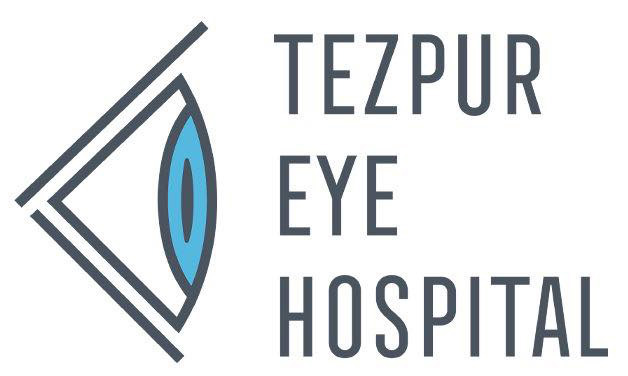Pediatric Ophthalmology
What is different about a child’s eye?
Although structures in the child’s eye are similar to that in adults, the visual pathways continue to develop in a child. Hence, any obstruction to vision at a young age can cause permanent damage to the system that cannot be corrected later. Since small children often may not notice such changes, it is very important that all children undergo a screening eye exam at an early age.
What are the common problems in a child’s eye?
A common problem is a refractive error – high myopia, hyperopia, or astigmatism may exist in one or both eyes, especially if these are also present in the parent. These may be associated with misalignment of the eyes, or squint, which can however, also exist by itself. Other problems can be structural – cataracts, glaucoma, corneal or retinal disease, and these may be present from birth. A rare but very serious problem is a tumour of the retina – retinoblastoma. If the normally black pupil appears white (white reflex) in the eye of a child, please arrange for an immediate eye exam, as also in the case of premature births.
What is a ‘lazy eye’?
Amblyopia, also known as ‘lazy eye’, is reduced vision not correctable by glasses or contact lenses and is not due to any eye disease. The brain, for some reason, does not fully acknowledge the images seen by the amblyopic eye. This almost always affects only one eye but rarely both eyes can be involved. A simple vision screening test can detect this condition, and should be performed in all children since amblyopia is best treated BEFORE 8 YEARS OF AGE.
What is a ‘squint’?
Strabismus or ‘squint’ is a vision condition in which a child cannot align both eyes simultaneously. One or both of the eyes may turn in, out, up or down. An eye turn may be constant (when the eye turns all of the time) or intermittent (turning only some of the time, such as, under stressful situations or when ill). Whether constant or intermittent, strabismus always requires appropriate evaluation and treatment. Children do not outgrow strabismus!
What is nystagmus?
Nystagmus is an involuntary rhythmic shaking or wobbling of the eyes. The eyes move constantly in various directions, although horizontal movements are the most common. The presence of nystagmus in a child is often an indication of vision problems. Treatment will depend on the cause. Sometimes, the presence of a nystagmus can indicate neurological dysfunction, and rarely, it can be a side effect of medication use.
How can these conditions be detected?
Children may not complain of problems, and a detailed examination is needed at the earliest. Parents may notice peculiar head posturing, constant side-to-side eye movement, squinting, sitting very close to the TV, or a white reflex in the pupil. The eye exam includes assessment of vision, special tests for stereopsis, (ability to use both eyes simultaneously), eye alignment, pressure and thorough examination of the front and back of the eyes. In case of infants, your doctor will discuss about the need of examination under general anaesthesia with you.
How can these conditions be treated?
If a refractive error is detected early, simply providing the correct glasses will correct the problem. If detected late, and one or both eyes are already ‘lazy’, then in addition to glasses, other measures may be required – these include eye exercises, and patching or occluding an eye to force the child to use the other eye, thereby ‘strengthening’ that eye. If there is a squinting of the eyes, in some types, glasses may be corrective, although quite often surgery may be required. For other problems, like cataract, glaucoma, corneal and retinal disease, the doctor will discuss in detail the options for treatment – these could include the use of laser treatment or surgery. If a retinoblastoma (eye tumour) is present, early care is necessary to save the eye and life of the child.
General information
Your child should have his or her first eye exam done during the first year of the child’s life. The next eye exam will be at the age of 3, and once again before entering kindergarten, or by age 5. Thereafter, your child should receive a comprehensive eye exam at least every two years. Since prevention is better than cure, it is better to detect these problems at an early stage.
